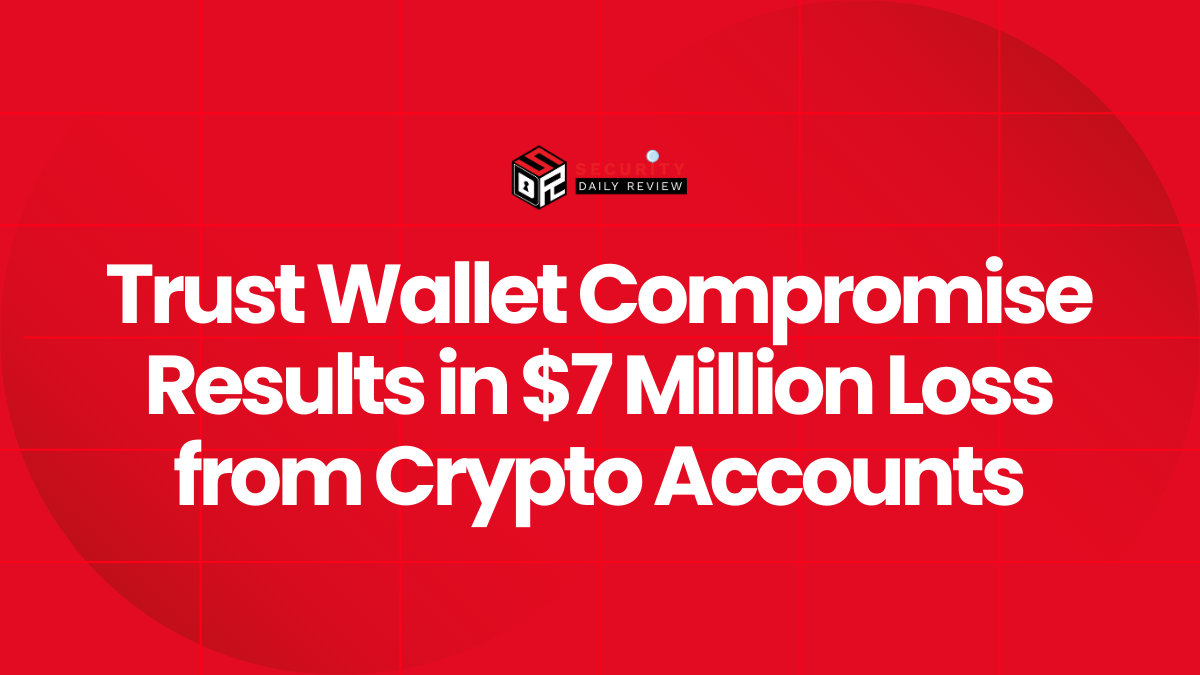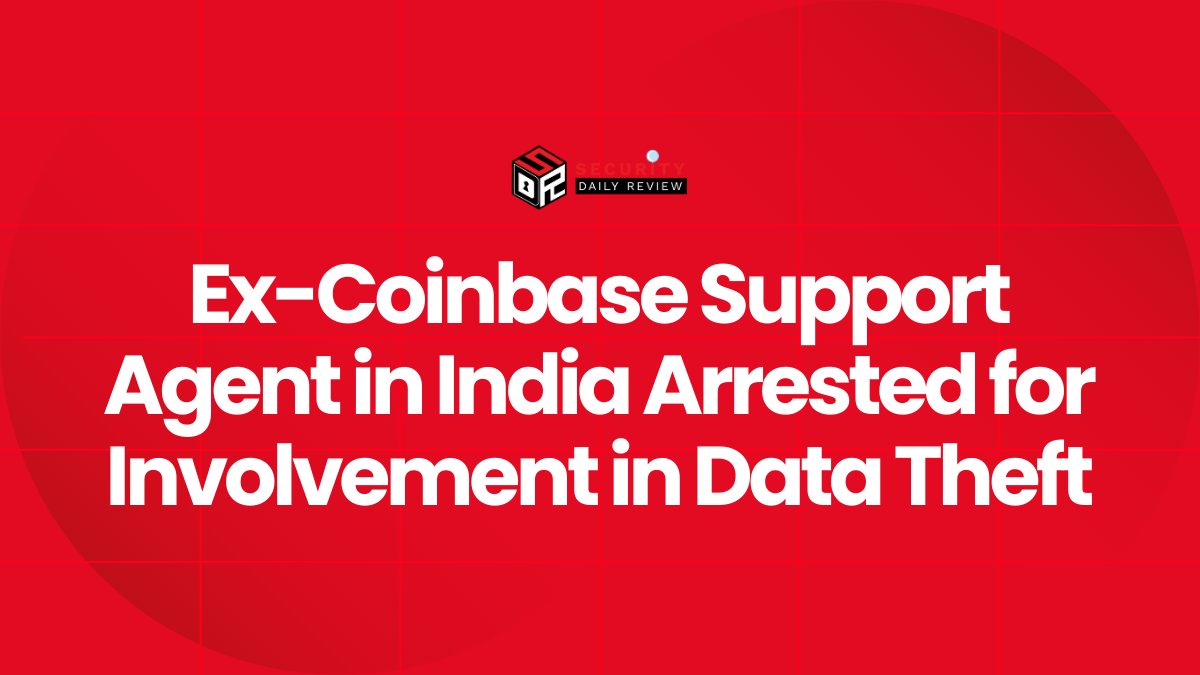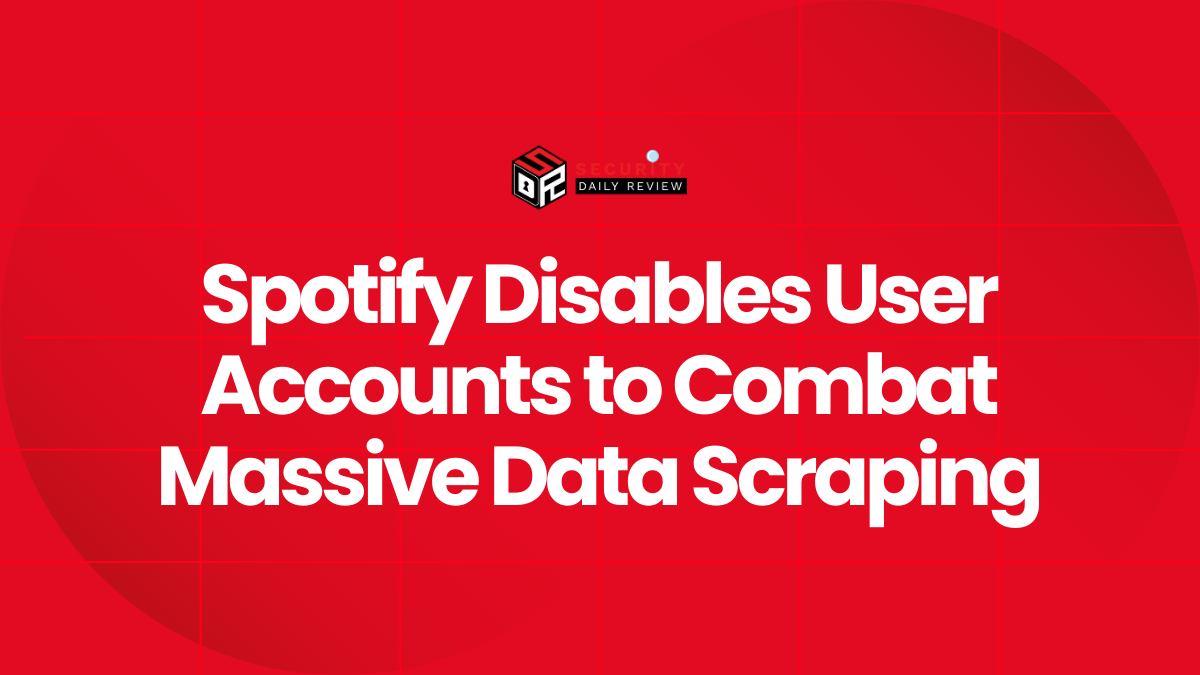As part of a sweeping overhaul of its mobile security governance, Google is enacting a major policy change: all Android app developers—whether publishing through Google Play or distributing apps independently—must verify their identity. Branded the “Developer Verification” program, this initiative is aimed at boosting Android app security, reducing malware propagation, and enhancing trust in the Android ecosystem.
This policy is poised to radically shift how third-party developers operate within and outside the Google Play Store. While cybersecurity experts welcome the move as overdue, critics worry it could echo Apple’s tightly controlled App Store model and restrict Android’s hallmark flexibility.
Mandatory Developer Verification will Roll Out Globally by 2027
Google’s plan is both comprehensive and gradual , accounting for the platform’s vast developer base and global reach. The Developer Verification program officially begins testing in October 2025. From there, identity verification will become mandatory in select countries by September 2026, and globally enforced across all certified Android devices by 2027.
The policy reflects an urgent need to reduce the security risks associated with sideloaded apps, which are approximately 50 times more likely to install malware than applications available via the Google Play Store. Once the program is enforced, apps from unverified developers will be blocked outright on certified Android devices, meaning sideloading unknown software could soon become a thing of the past—or at least, a significantly riskier endeavor.
Identity Checks Mirror Past Security Tactics that Have Proven Effective
This development builds on recent trends in Google’s approach to tightening platform security without fully locking down third-party freedoms—at least not yet. In 2022 alone, Google removed 173,000 developer accounts associated with malware operations and vast fraud rings. Additionally, Google barred approximately 1.5 million policy-violating apps from entering the Play Store that year, substantially limiting downstream risks for users. These efforts also blocked an estimated $2 billion in potentially fraudulent transactions.
To accomplish this, Google previously introduced measures such as mandatory telephone number and email verification for developers. The upcoming Developer Verification program expands this strategy to encompass all domains where the Android ecosystem can be accessed—not just Google Play.
Sidestepping Malware from Outside the Play Store is a Core Motivation
The most critical risk addressed by this policy involves apps that are sideloaded from third-party platforms where security standards are looser or nonexistent. Android’s reputation for openness—allowing users to install software from outside Google Play—has come at a cost.
According to BleepingComputer, apps installed via sideloading are up to 50 times more likely to contain malware.
One particularly stark example is the “SecuriDropper” operation uncovered in 2023. The campaign used advanced evasion techniques to bypass Android’s security features like ‘Restricted Settings’, established in Android 13 to control access to sensitive permissions such as Accessibility Services and Notification Listeners. These features, while critically important for accessibility apps, are often abused by malware for screen reading or taking control of devices.
By requiring identity verification for all developers, regardless of where their apps are hosted or delivered, Google is looking to minimize these entry points for malicious actors.
Critics Say Google is Edging Toward a Closed Ecosystem
While the intentions behind the policy are straightforward—namely, bolstering platform-wide app security—the response from parts of the Android community has been mixed.
Some critics argue that this marks a significant philosophical shift for Android, mirroring Apple’s tightly curated ecosystem where all software must be approved and distributed through its App Store. Android has traditionally offered users greater control, including the ability to sideload apps freely. This latest move, however, places strict limitations on what types of apps users will be able to install on certified devices—even when doing so outside the Google Play Store.
Privacy advocates and independent developers voice concern that this could stifle innovation, limit developer freedom, and centralize control in a manner more consistent with Apple’s historically “walled garden” approach.
Data Privacy Enhancements Complement the Verification Push
The Developer Verification program isn’t the only security upgrade under Google’s umbrella. In 2023, the company introduced a policy requiring all Android apps to offer in-app and online mechanisms for users to delete their accounts and any personal data tied to them. This Data Deletion policy is designed to enforce transparency, offer users greater control, and bolster trust between users and developers.
Developers must now disclose a web link in their Data Safety form that allows users to permanently delete personal data—without needing to reinstall the app. These updates aim to align Android’s privacy posture with increasing regulatory demands and user expectations.
A New Era of App Security with Far-Reaching Implications
By extending app security controls beyond the Play Store and targeting identity validation at the source, Google is reengineering the Android security model. From reducing malware delivered through sideloaded apps to ensuring stronger developer accountability, the Developer Verification program represents a significant but controversial evolution of the Android operating system.
For CISOs and security teams, this shift means:
- Reduced threat surface from sideloaded malicious apps
- Increased developer traceability and accountability
- Better alignment of mobile app security with enterprise control policies
For developers, the message is clear: the days of anonymous publishing in the Android space are numbered. Verification is no longer optional. And for users, the balance between freedom and protection just tilted a little further toward safety—even if it comes at the cost of choice.









